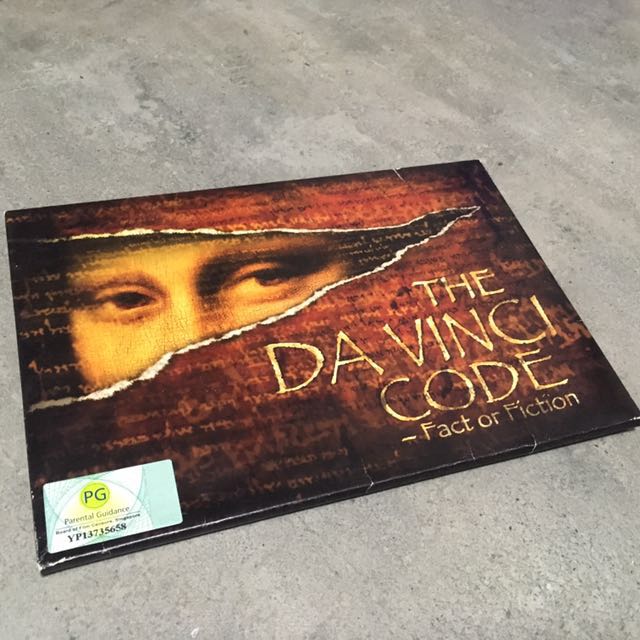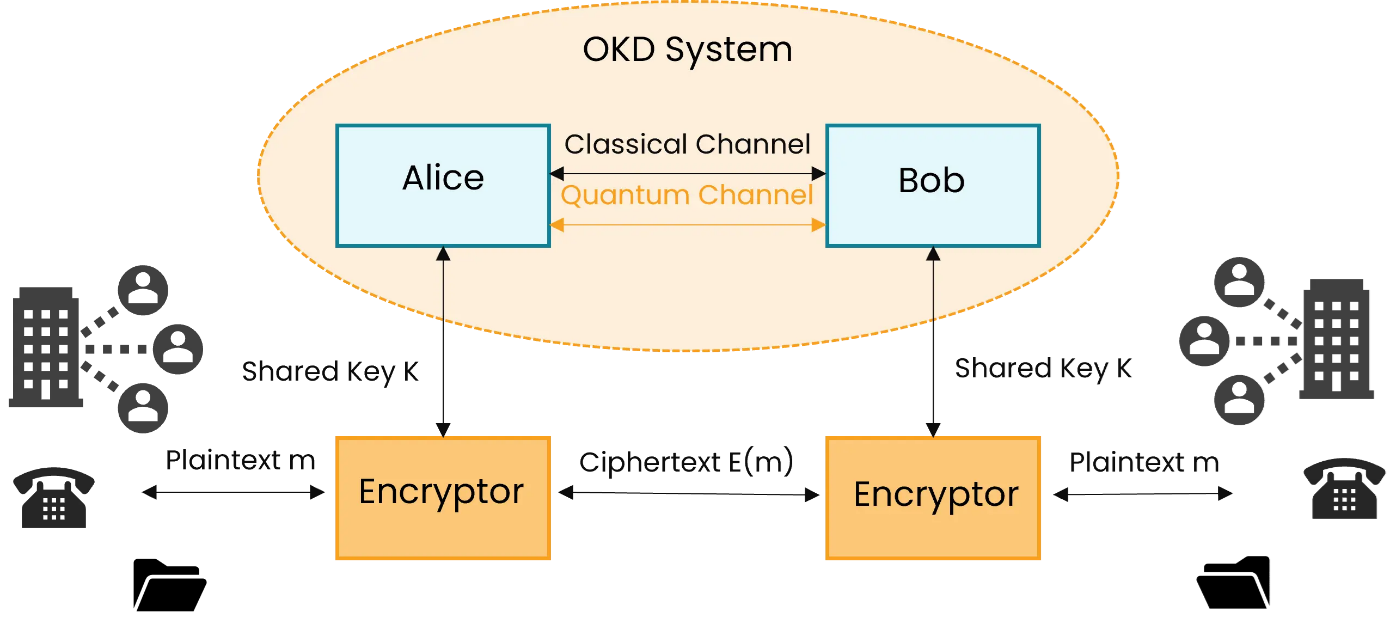A Critical Analysis Of The Da Vinci Code: Fact Vs. Fiction

Table of Contents
Historical Inaccuracies and Misinterpretations in The Da Vinci Code
The Da Vinci Code presents a captivating, albeit highly controversial, reimagining of historical events and figures. Many of its central claims, however, are demonstrably inaccurate or misleading, relying on selective interpretations and unsubstantiated theories.
The Holy Grail
The novel portrays the Holy Grail not as a chalice, but as Mary Magdalene, the alleged wife of Jesus, and her descendants, who supposedly carried on Jesus's bloodline. This interpretation significantly deviates from established scholarly perspectives. While the Grail's meaning is a subject of ongoing debate among historians and theologians, the idea of it being a person, specifically Mary Magdalene, lacks concrete historical evidence.
- Historical Inaccuracies:
- Lack of credible historical evidence supporting the marriage of Jesus and Mary Magdalene.
- Numerous alternative interpretations of Grail symbolism in medieval and religious literature.
- Oversimplification of complex religious and historical debates concerning Jesus's lineage.
The Priory of Sion
The novel elevates the Priory of Sion to a clandestine organization safeguarding the secret of Jesus's lineage for centuries. The book paints a picture of a powerful, historical society with influential members throughout history. The reality, however, is far less dramatic. The Priory's actual origins are relatively recent, its historical significance minimal, and its claimed members largely unsubstantiated.
- Historical Inaccuracies:
- The Priory of Sion's actual founding in the 19th century, not in the early medieval period as depicted in the novel.
- Lack of verifiable evidence linking the Priory to influential historical figures like Isaac Newton.
- The Priory's historical actions were significantly less important and secretive than the novel portrays.
The Suppression of Gnostic Gospels
The Da Vinci Code suggests a deliberate suppression of Gnostic Gospels by the early Church to control the narrative of Jesus and Christianity. While it's true that not all early Christian writings survived, the novel presents an oversimplified and biased view of the complex dynamics of early Christianity. Gnosticism represented a range of beliefs that often clashed with orthodox Christianity, but their suppression was a gradual and complex process, not a unified, conspiratorial act.
- Historical Complexities:
- The diversity of beliefs and practices within early Christianity, beyond the simple orthodox/Gnostic dichotomy presented in the novel.
- The gradual development of orthodox Christian doctrine over centuries, rather than its immediate and absolute establishment.
- The reasons for the non-survival of certain early Christian texts were varied, not solely attributable to deliberate suppression.
Elements of Truth and Historical Context in The Da Vinci Code
While The Da Vinci Code significantly distorts history, it does utilize some historical elements as a backdrop for its fictional narrative. It's crucial to understand that these elements are often taken out of context and manipulated to support the novel's overarching conspiracy theory.
The Historical Jesus and Early Christianity
The novel acknowledges the paucity of direct historical sources about Jesus's life. However, it uses this lack of evidence to speculate freely, building its narrative on conjecture. Scholarly research on the historical Jesus is ongoing, with ongoing debates about his life, teachings, and impact.
- Elements used in the novel:
- The existence of Jesus as a historical figure.
- The early development of Christianity in the Roman Empire.
- The persecution of early Christians.
Symbolism and Iconography in Religious Art
The Da Vinci Code heavily relies on the interpretation of symbolism in religious art, often assigning meanings that are either unsupported or contested by art historians. Analyzing art requires careful consideration of its historical and cultural context.
- Examples of interpretations:
- The novel's interpretation of Da Vinci's The Last Supper as depicting Mary Magdalene.
- The novel's interpretations of various religious symbols, which often deviate from established scholarly interpretations.
- The importance of understanding artistic conventions and symbolism within their historical context.
The Appeal of Conspiracy Theories
The novel's immense success partly lies in its exploitation of the enduring human fascination with conspiracy theories. Conspiracy theories offer a sense of hidden knowledge and control, providing explanations for complex events. The Da Vinci Code taps into these desires, presenting a compelling, albeit historically inaccurate, narrative.
- Reasons for the novel's popularity:
- The thrill of a secret history challenging established norms.
- The appeal of hidden knowledge and secret societies.
- The novel's accessibility and engaging storytelling style.
Conclusion: Separating Fact from Fiction in The Da Vinci Code
This critical analysis of The Da Vinci Code reveals a significant gap between the novel's fictional narrative and verifiable historical evidence. While the novel uses certain historical elements as a backdrop, its central claims regarding the Holy Grail, the Priory of Sion, and the suppression of Gnostic Gospels are demonstrably inaccurate or misleading. The key takeaway is the crucial importance of critical thinking and verifying information from multiple, reliable sources. A discerning eye is necessary when approaching narratives that blend fact and fiction. For a deeper understanding of the relevant historical periods and figures, we encourage further reading on early Christianity, medieval history, and the interpretation of religious art. Engaging in a thorough Da Vinci Code analysis, fact-checking Da Vinci Code claims, and conducting a critical analysis of Da Vinci Code claims are crucial for a complete understanding.

Featured Posts
-
 Ne Platit Alimenty Pravda O Syne Pevitsy Kadyshevoy
May 13, 2025
Ne Platit Alimenty Pravda O Syne Pevitsy Kadyshevoy
May 13, 2025 -
 Xr Platforms The Ai Fueled Battleground And Market Opportunity
May 13, 2025
Xr Platforms The Ai Fueled Battleground And Market Opportunity
May 13, 2025 -
 Pos Na Deite Tin Serie A Odigos Gia Athlitikes Metadoseis
May 13, 2025
Pos Na Deite Tin Serie A Odigos Gia Athlitikes Metadoseis
May 13, 2025 -
 Post Quantum Cryptographys Ascent Algorithmic Advancements And Migration Timelines Fuel Market Growth
May 13, 2025
Post Quantum Cryptographys Ascent Algorithmic Advancements And Migration Timelines Fuel Market Growth
May 13, 2025 -
 Angelas Transformation Ali Larter Hints At Season 2s Challenges For The Trophy Wife
May 13, 2025
Angelas Transformation Ali Larter Hints At Season 2s Challenges For The Trophy Wife
May 13, 2025
